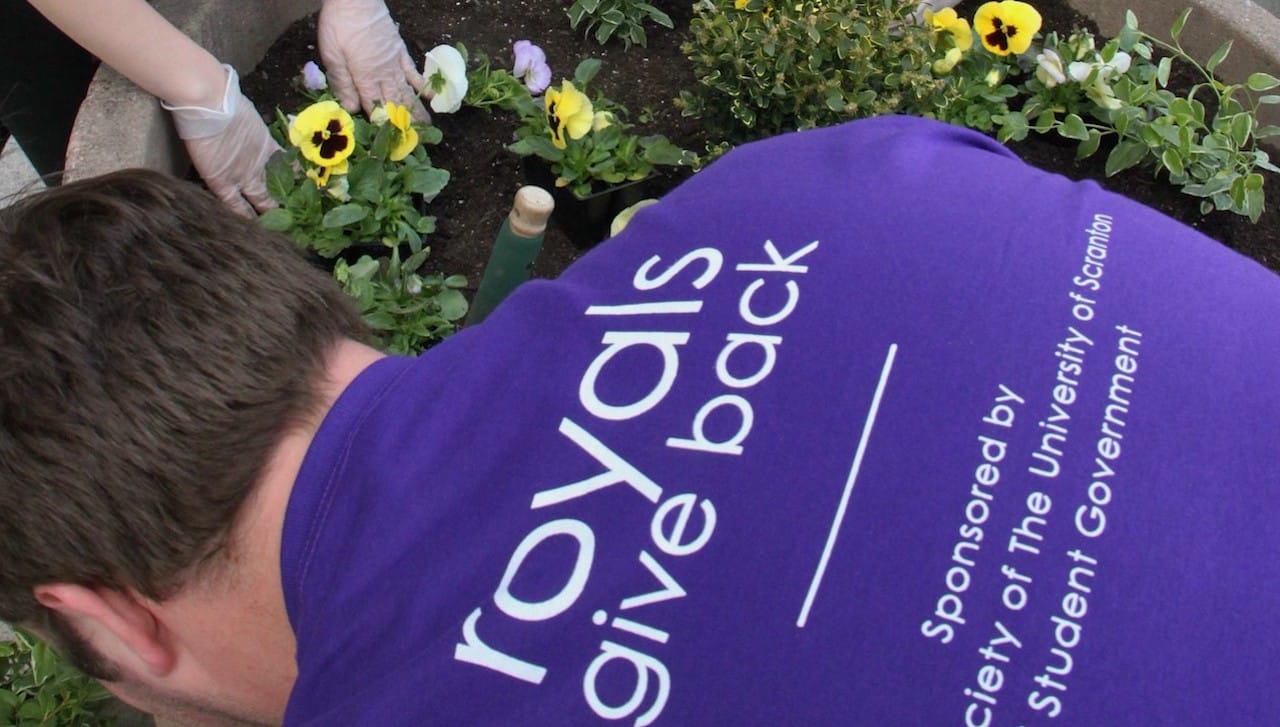Scranton Ranked No. 10 for Community and National Service

Since 2005, Washington Monthly analyzed numerous data sets in order to rank colleges across the nation in categories for “community and national service,” “research” and “social mobility” in order to assess the contribution graduates make to “the public good.” In the 2023 listing, published in the September/October issue of the magazine and online, Washington Monthly ranked The University of Scranton No. 10 among the 604 master’s universities in the nation in the “community and national service” category.
According to the publication, they rank “four-year schools (national universities, liberal arts colleges, baccalaureate colleges, and master’s universities) based on their contribution to the public good in three broad categories: social mobility, research, and providing opportunities for public service.” Scranton was No. 30 in the overall ranking that combines equally-weighted scores for “community and national service,” “research” and “social mobility.”
Scranton ranked No. 37, and No. 183, respectively, in the “research” and “social mobility” categories among master’s universities in the country.
For “community and national service” score, Washington Monthly looked at the percentage of all degrees awarded in health, education and social work “to reward colleges that produce leaders in socially valuable fields that are not always highly paid.” They also reviewed the size of the ROTC program and the number of alumni serving in AmeriCorps and the Peace Corps, adjusted for the size of the school, as well as the percentage of federal work study grant money spent on community service projects, among other factors such as voter engagement. Washington Monthly determined the “research” score is based on each school’s research expenditure and the number of alumni earning Ph.D.s, relative to the size of the college. The “social mobility” score is based on actual and predicted graduation rates; student loan repayment rates; the percentage of students receiving Pell Grants; and the school’s average net price for full-time, in-state students with family incomes below $75,000 per year over the past three years, among other factors.
This is the 14th consecutive year Washington Monthly has included Scranton in its college rankings.
In other national rankings, U.S. News & World Report ranked Scranton No. 5 among regional universities in the north in its 2024 guidebook, marking the 30th consecutive year that Scranton ranked in the top 10. The Princeton Review included Scranton in its list of “Best Colleges” for 22 consecutive years, and ranked the University No. 18 in the nation for “Best Science Lab Facilities” in its latest edition of the guidebook.






